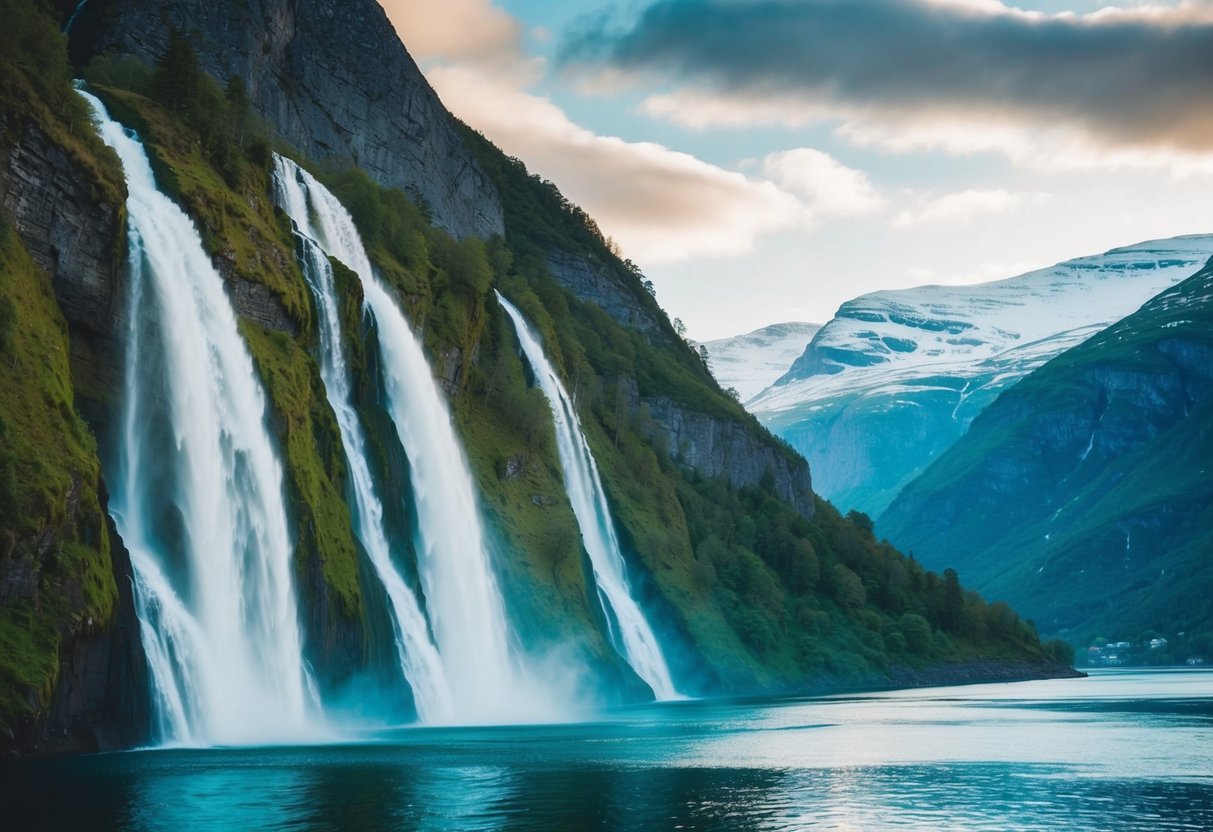
Conservation Efforts and Environmental Awareness
Conservation and environmental awareness are crucial in safeguarding the Norwegian fjords. These stunning landscapes require dedicated efforts to protect their ecosystems and promote sustainable tourism practices. This section explores protection strategies for the fjords’ ecosystems and discusses the impact of sustainable travel on local communities.
Protecting the Fjords’ Ecosystems
Norwegian fjords are home to diverse marine and terrestrial life. Protecting these ecosystems is vital to preserve their natural beauty and biodiversity. Conservation initiatives focus on monitoring water quality and regulating fishing activities. Authorities impose strict regulations on waste disposal from ships to minimize pollution.
Local organizations collaborate with international bodies to conduct research on fjord ecosystems, identifying areas in need of protection. Marine protected areas have been established to safeguard crucial habitats for many species. Restoration projects are carried out to combat damage from past human activities. These efforts ensure that the fjords remain pristine, allowing future generations to enjoy their splendor.
Sustainable Travel and Local Impact
Sustainable tourism plays a significant role in preserving the Norwegian fjords. Eco-friendly travel practices help reduce harm to the environment while promoting local economic growth. Encouraging tourists to choose low-impact activities, such as hiking and kayaking, minimizes the ecological footprint.
Local communities benefit from tourism that respects the environment. By investing in public transportation and promoting services using renewable energy, transport emissions are reduced. Residents are involved in decision-making processes to ensure tourism aligns with community values. These practices have transformed the region into a role model for balancing tourism with ecological and cultural preservation.
Practical Tips for Travelers
Exploring Norway’s fjords offers breathtaking views and unique adventures. Successful trips depend on thoughtful preparation, understanding local norms, and being aware of travel options.
Preparation and Packing
Packing efficiently is essential for a fjord adventure. Layered clothing is recommended due to unpredictable weather. A waterproof jacket and quick-dry garments can enhance comfort during excursions. Sturdy hiking boots suited for uneven terrain are necessary for those planning on exploring fjord trails.
Norway requires an adapter for European standard plugs. A good travel guide, like the “Norway in a Nutshell,” provides insights into creating a flexible itinerary. Remember to pack any necessary medications, as pharmacies may be few and far between in remote areas.
Navigating Local Norms and Regulations
Understanding local customs and regulations can ensure a smooth trip. English is widely understood, simplifying communication. There is a strong emphasis on respecting nature—littering is frowned upon, and travelers are encouraged to adhere to leave-no-trace principles.
When it comes to transportation, Norway boasts an efficient system of trains, buses, and ferries, making it easy to explore different regions. Understanding the local tipping culture is vital. In Norway, service charges are often included, making additional tips optional but appreciated. Following these guidelines can help travelers fit seamlessly into Norwegian life.